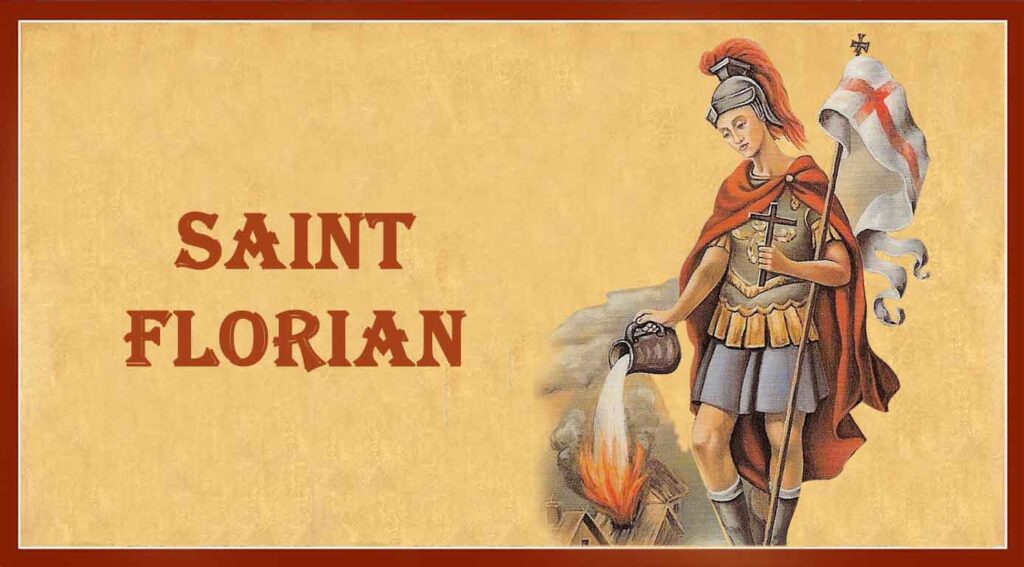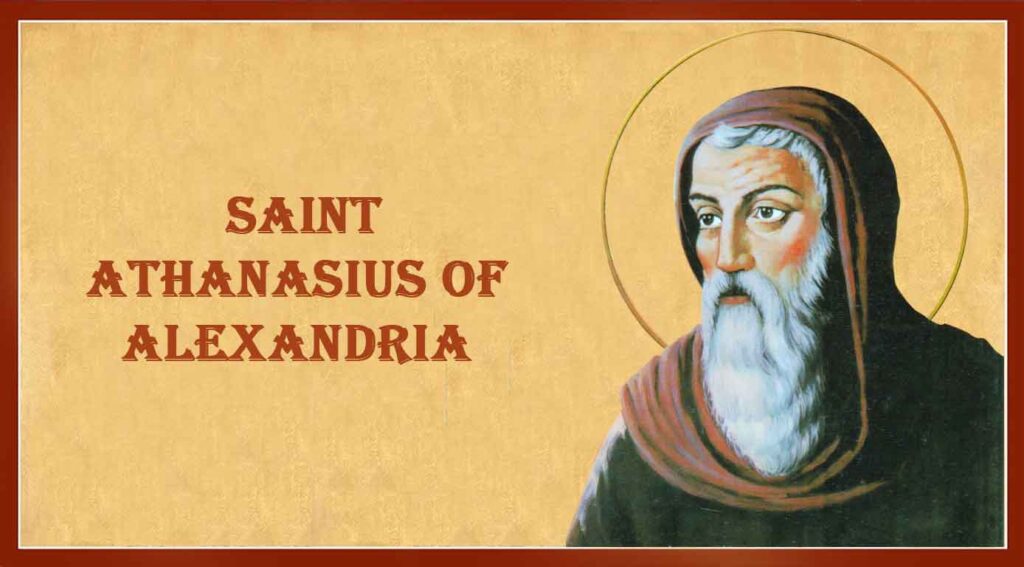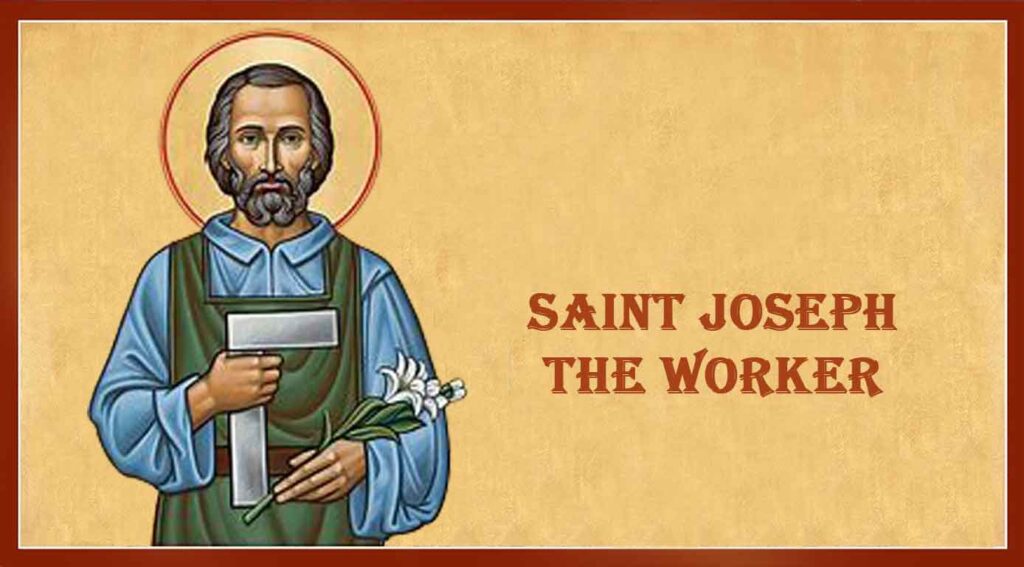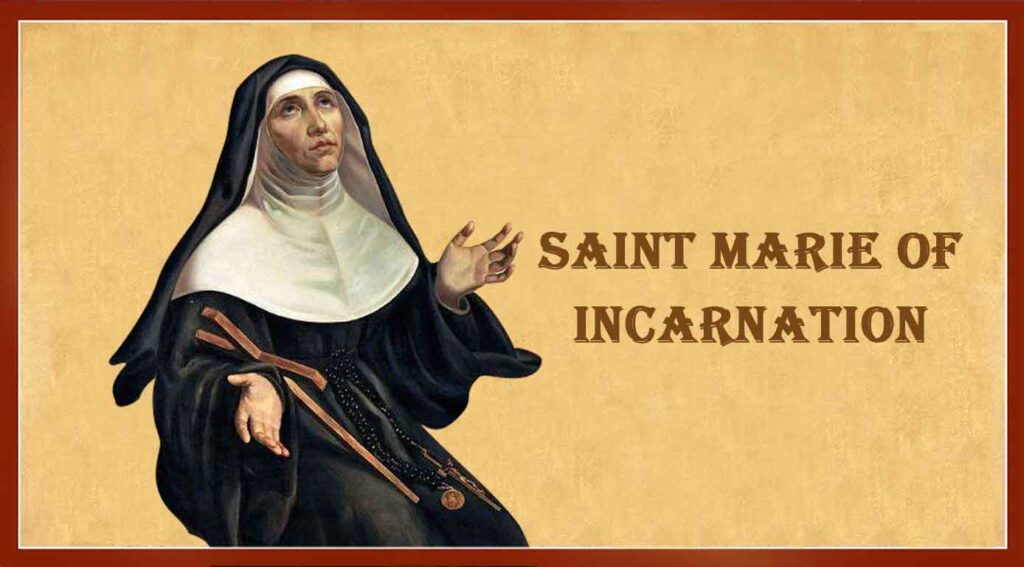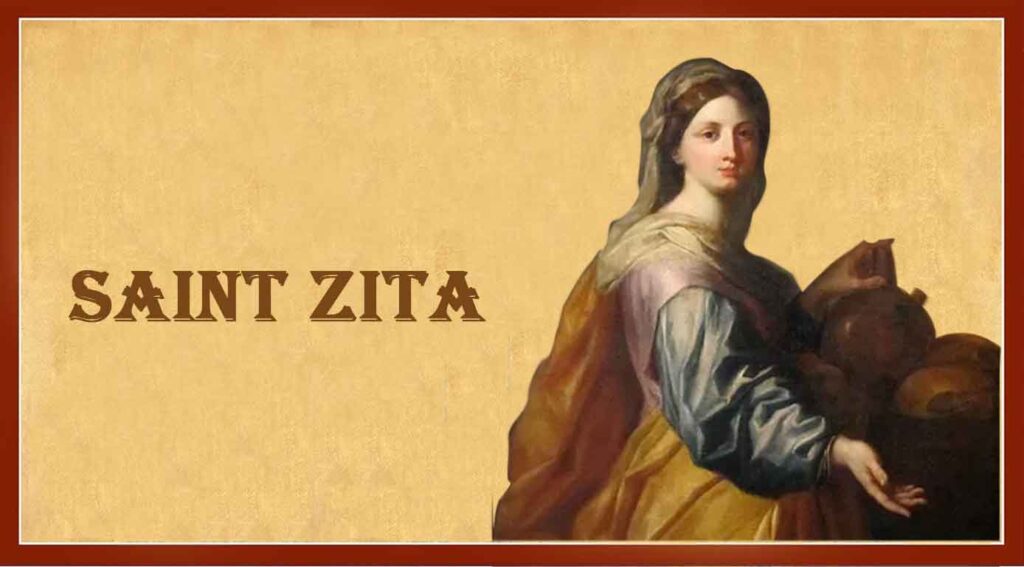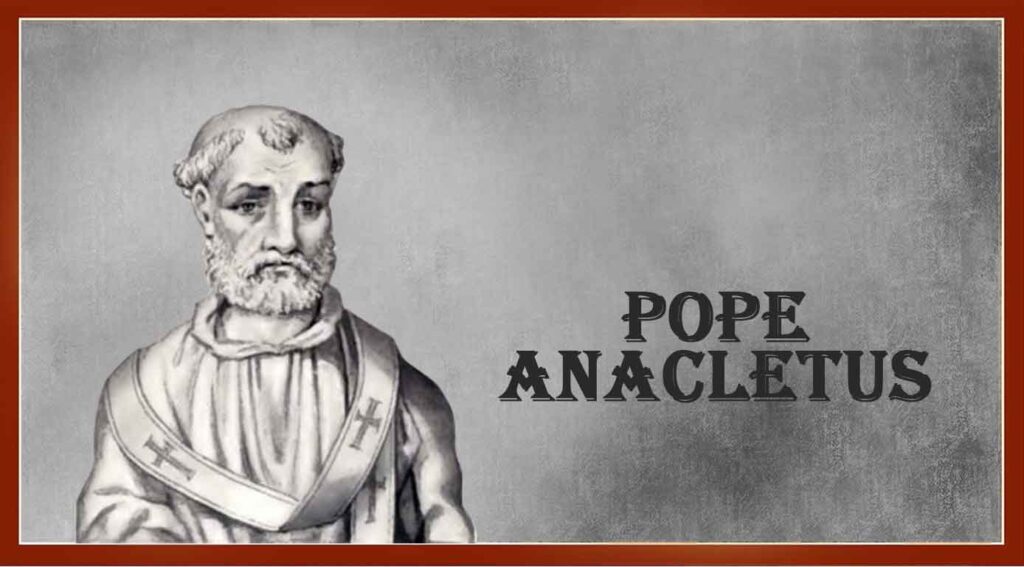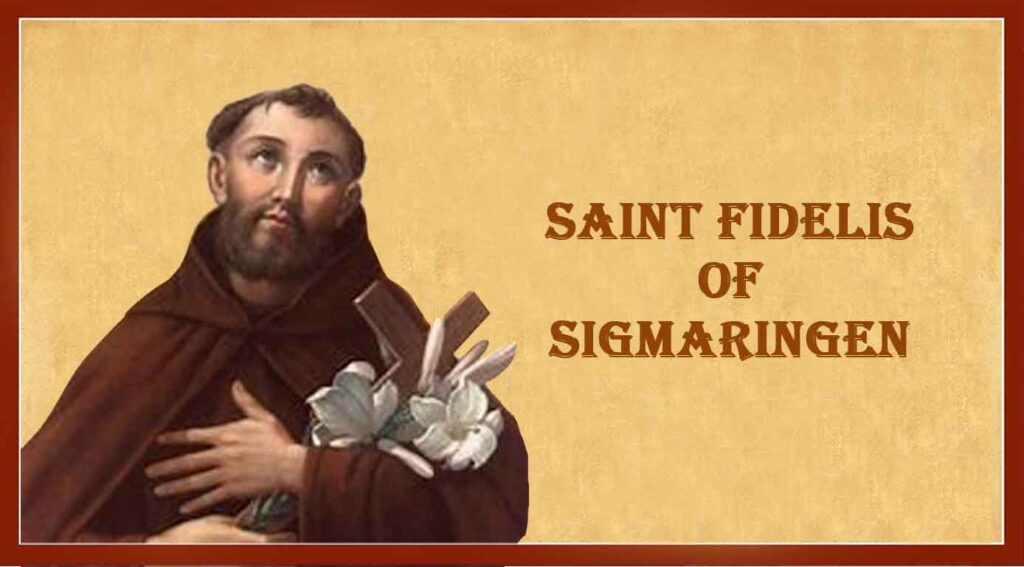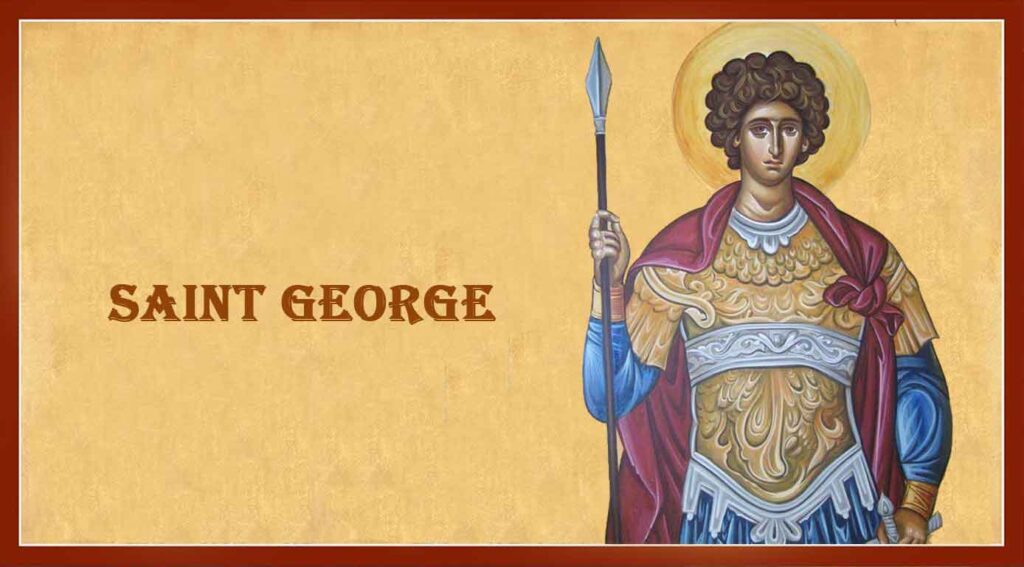Saint Hilary of Arles
Born in France in the early fifth century, Saint Hilary came from an aristocratic family. In the course of his education he encountered his relative, Honoratus, who encouraged the young man to join him in the monastic life. Saint Hilary did so. He continued to follow in the footsteps of Honoratus as bishop. Saint Hilary was only 29 when he was chosen bishop of Arles.
The new, youthful bishop undertook the role with confidence. He did manual labor to earn money for the poor. He sold sacred vessels to ransom captives. He became a magnificent orator. He traveled everywhere on foot, always wearing simple clothing.
That was the bright side. Saint Hilary encountered difficulty in his relationships with other bishops over whom he had some jurisdiction. He unilaterally deposed one bishop. He selected another bishop to replace one who was very ill–but, to complicate matters, did not die! Pope Saint Leo the Great kept Saint Hilary a bishop but stripped him of some of his powers.
Saint Hilary died at 49. He was a man of talent and piety who in due time, had learned how to be a bishop.
Sources:
https://www.franciscanmedia.org/saint-of-the-day/saint-hilary-of-arles/
Saint Hilary of Arles Read More »



